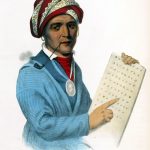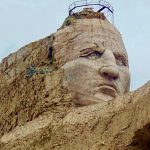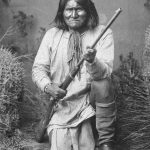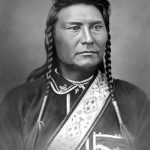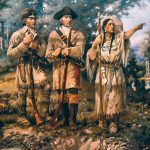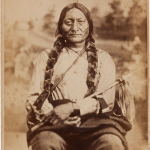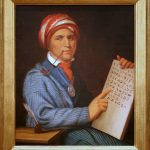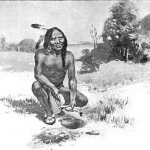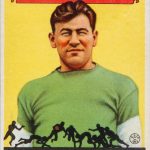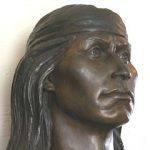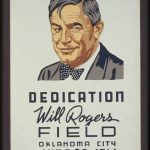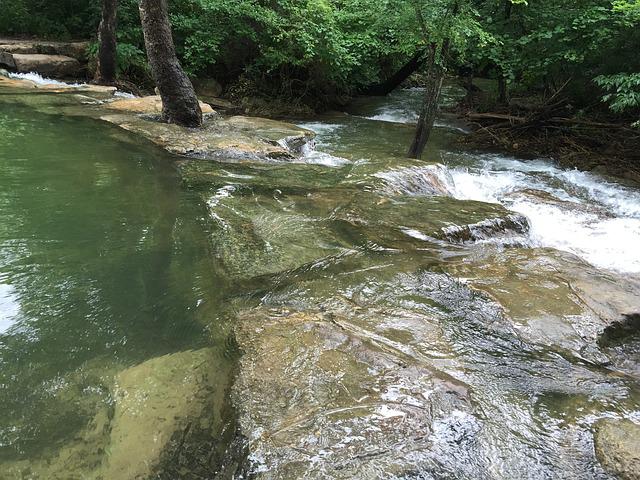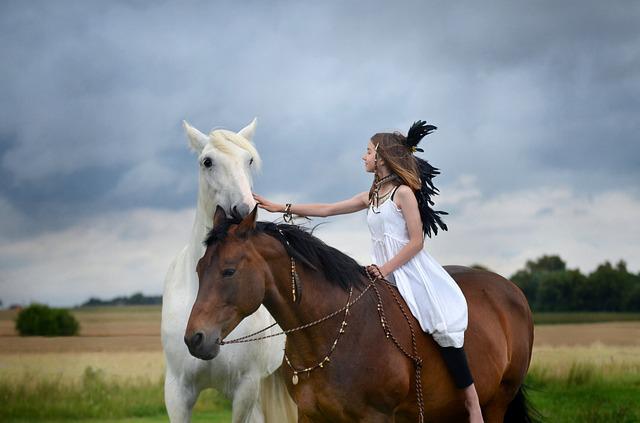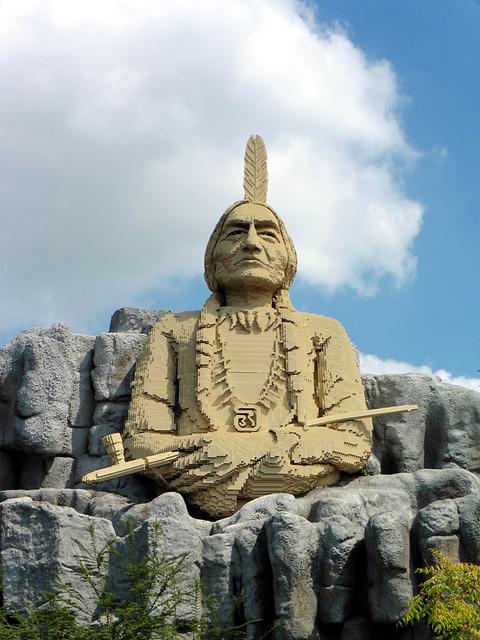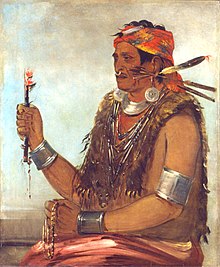Native Americans – US History For Kids
The earliest native settlers, according to archeologists, were about 13,000 years ago. How did they get to North America?
It is believed that a massive glacial movement caused the sea level to drop, and the land then connected Alaska and Siberia across the Bering Sea.
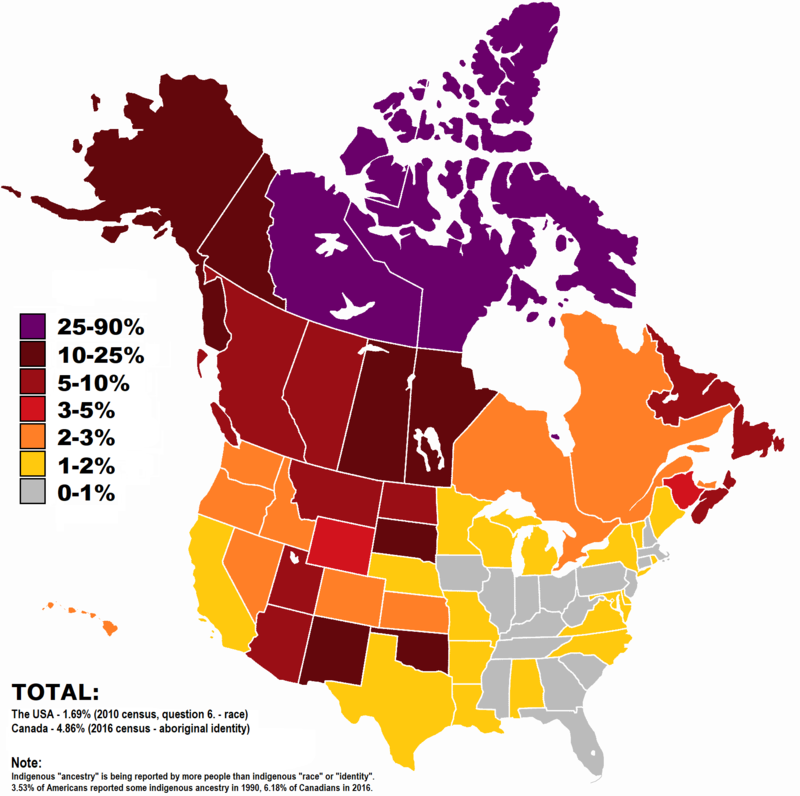
There began a migration of Siberian and Asian people across the Bering land bridge. These people were searching for herds of animals which they depended on for their existence.
With advances in DNA analysis, scientists have connected the ancestry of Native Americans to various Asian populations.
Today, there is a general agreement that that the first migration involved Siberian and Asian people crossing the land bridge into what is now Alaska.
Related: US State facts
As they followed the various herds, and over thousands of years, they moved down the coast of North America and into the central plains.
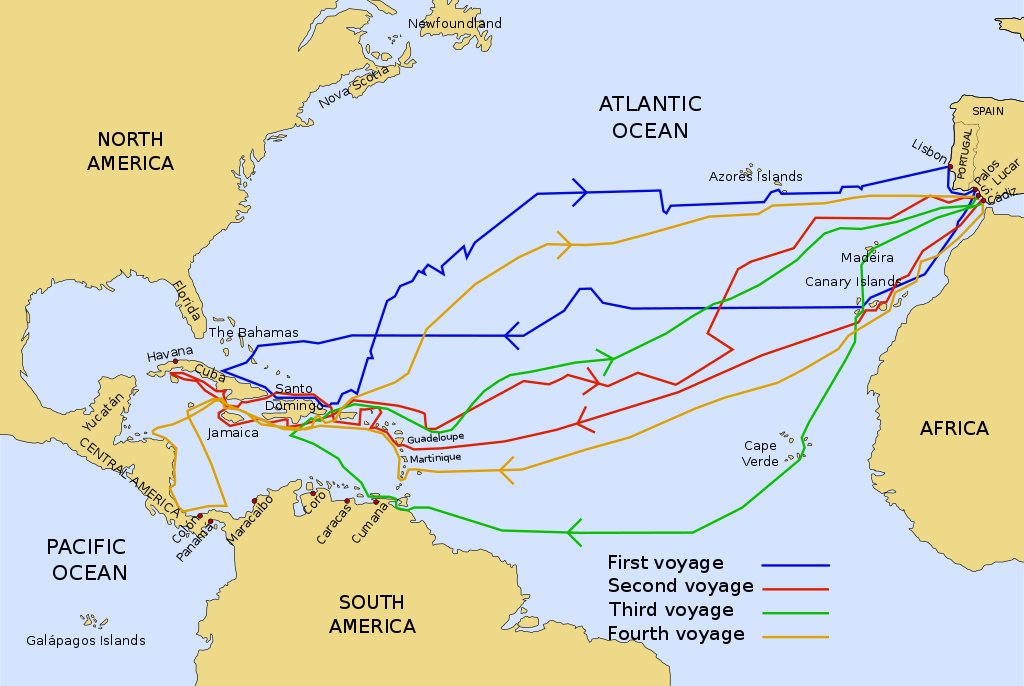
First Settlers
The original settlers in any country are called indigenous peoples. One of the indigenous people of North America is the Native Americans.
When Christopher Columbus first landed in what is now America, he thought he and his crew had landed in India.
He called the indigenous people he met in 1492 Indians and that name was used for many years.
Today, we use the words Native Americans to describe the descendants of the indigenous people of North America.
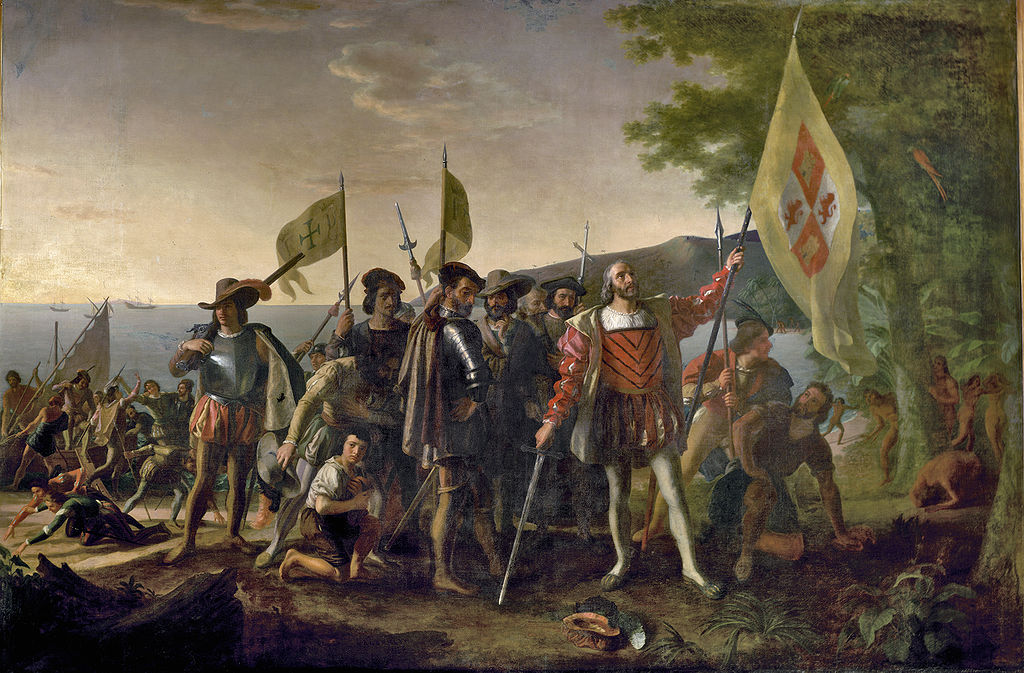
The indigenous people traveled all over North America, Central and South America. In North America, they lived and traveled from Alaska to what is now the Mexican border and everywhere in between.
They lived in groups called tribes and each tribe had its own culture and language.
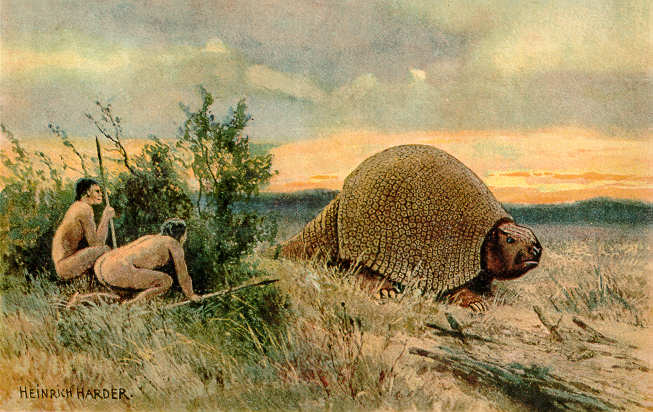
Different Tribes
Some tribes lived mostly in the central part of North America like the Comanche and the Arapaho. The Cherokee and the Seminole lived in the southeast part of North America.
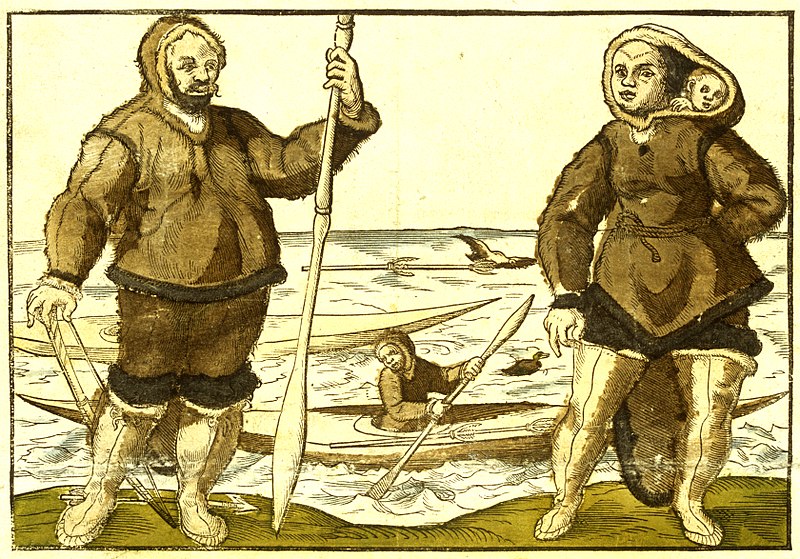
Some other tribes throughout North America are: Eskimo in the Arctic areas; Plains Indians; Nez Percé in the NW coastal area; Pueblo in NE Arizona and NW New Mexico; Navajo in New Mexico, Arizona, and Utah; Apache in SW states, Sioux, Cherokee, Cree in the central plains, the Haida in the northern coastal area.
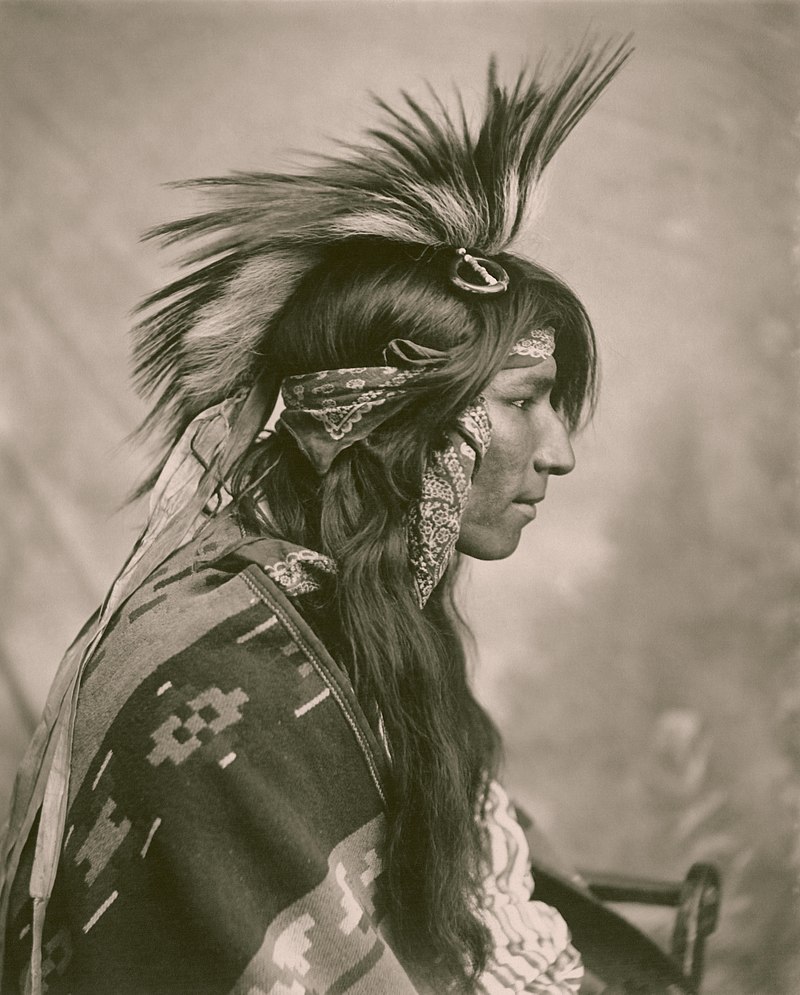
Peaceful
From what archeologists can surmise, there didn’t appear to be a lot of fighting between the different tribes before the arrival of Christopher Columbus.
Each tribe claimed a little territory in which to live and find food. The tribes close to the coasts relied on fishing and trapping.
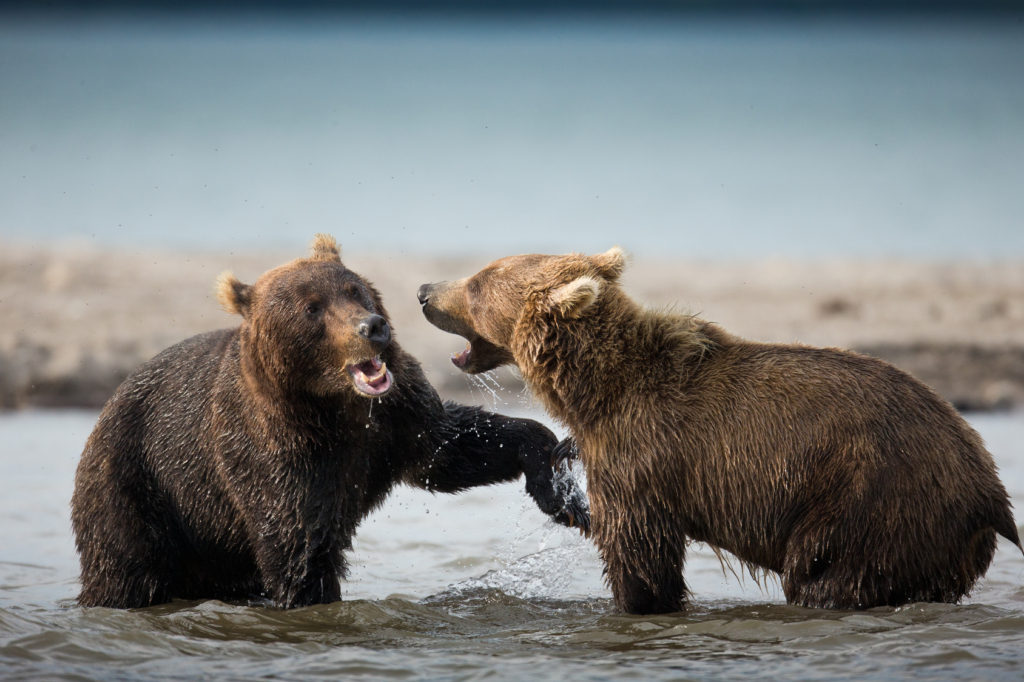
The tribes that were further inland followed the herds of bison, bear, reindeer, moose and elk and trapped smaller animals. The used the hides of animals for shelter and clothing.
After the arrival of the Europeans from Spain and other places, the tribes started to feel the impact of these new settlers and their dominating ways.
Things began to change and the tribes felt it was necessary to defend their lands and their way of life and some tribes became very warlike.
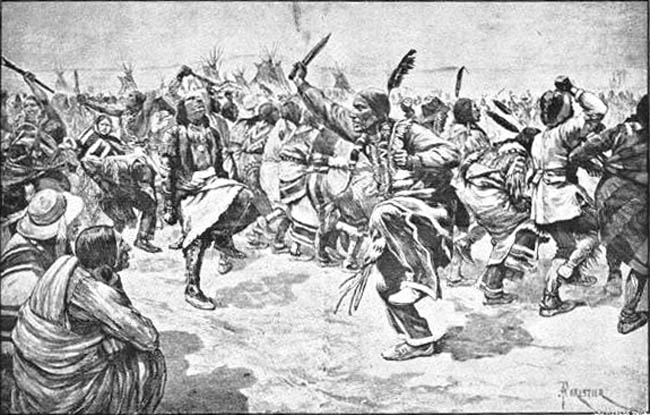
Quiz Time!
Questions
- Where do archeologists believe the first people to arrive in North America came from?
- How did they cross the Bering Sea?
- What is an indigenous person?
- What group of people settled in the Arctic?
- Name 3 tribes that depended on fishing and trapping.
- Bonus question! Can you name the very famous man below?
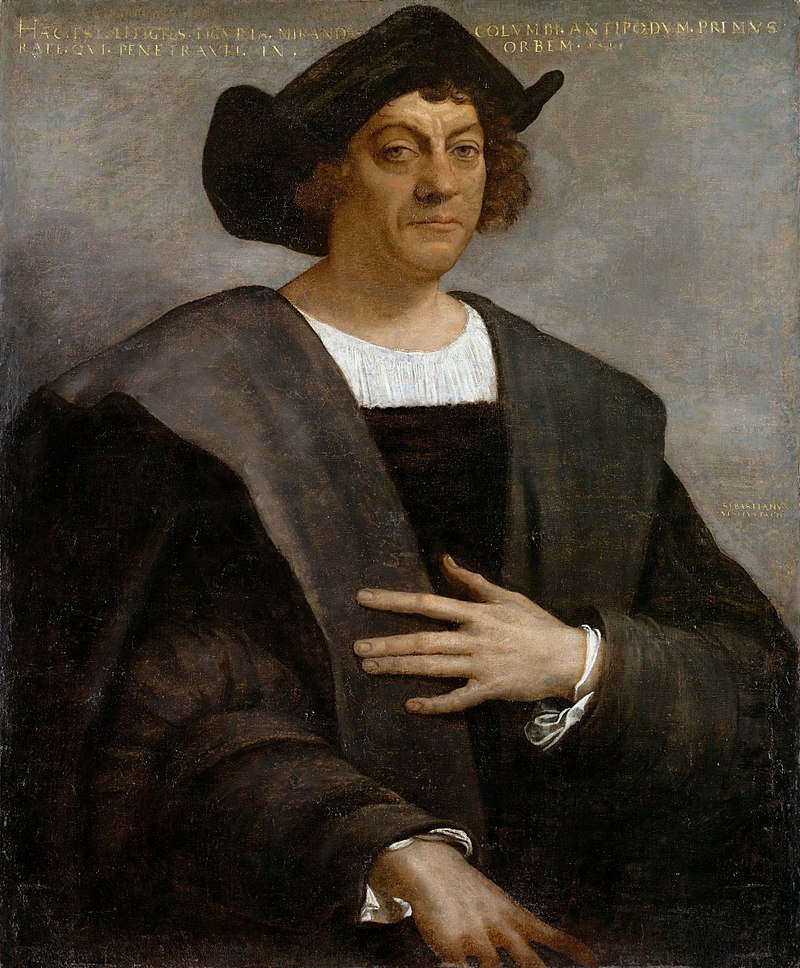
Answers
- Archeologists believe the first people in North America came from Siberia and Asia.
- There was a land bridge that connected Siberia to Alaska.
- An indigenous person is a part of a population that was first to inhabit a land or country.
- The group of indigenous people that inhabited the Arctic was the Eskimo.
Three tribes that inhabited the central part of North America were the Navajo, the Pueblo, and the Apache among others.
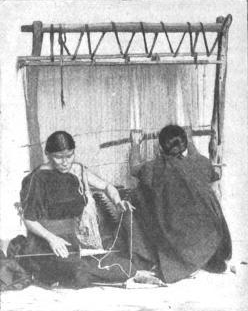
Explore Native America
History and Events
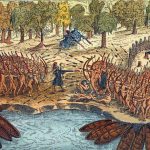
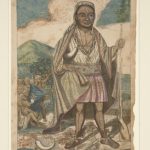
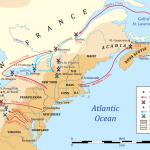
The French & Indian / Seven Years’ War
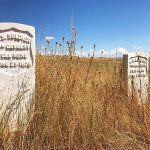
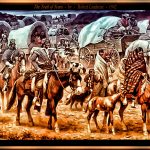
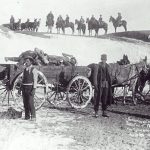
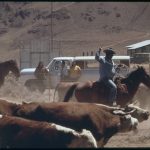
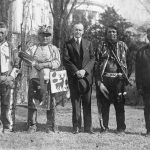
Culture and Way of Life
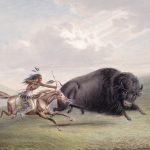
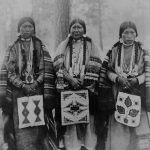
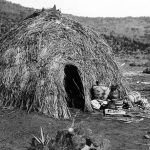
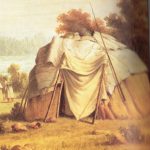
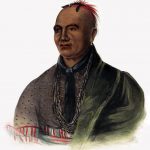
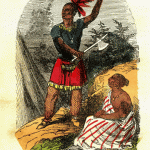
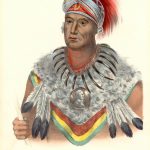
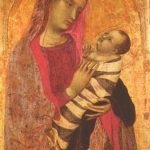

Native American Tribes
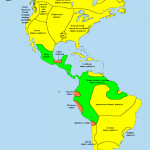
Native American Groups & Societies
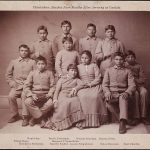
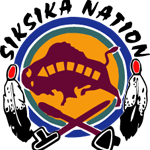
Blackfoot Nation, Siksika Tribe
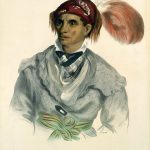
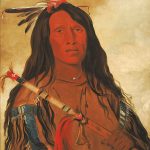
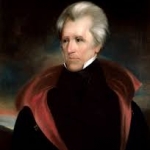
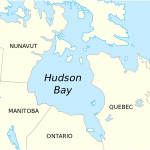
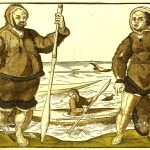
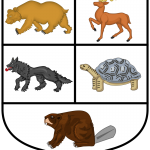
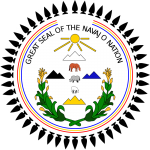
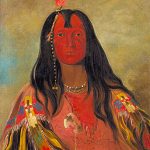
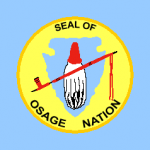
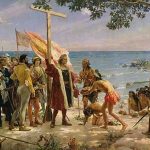
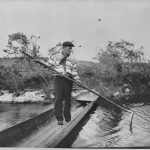

Native American People
